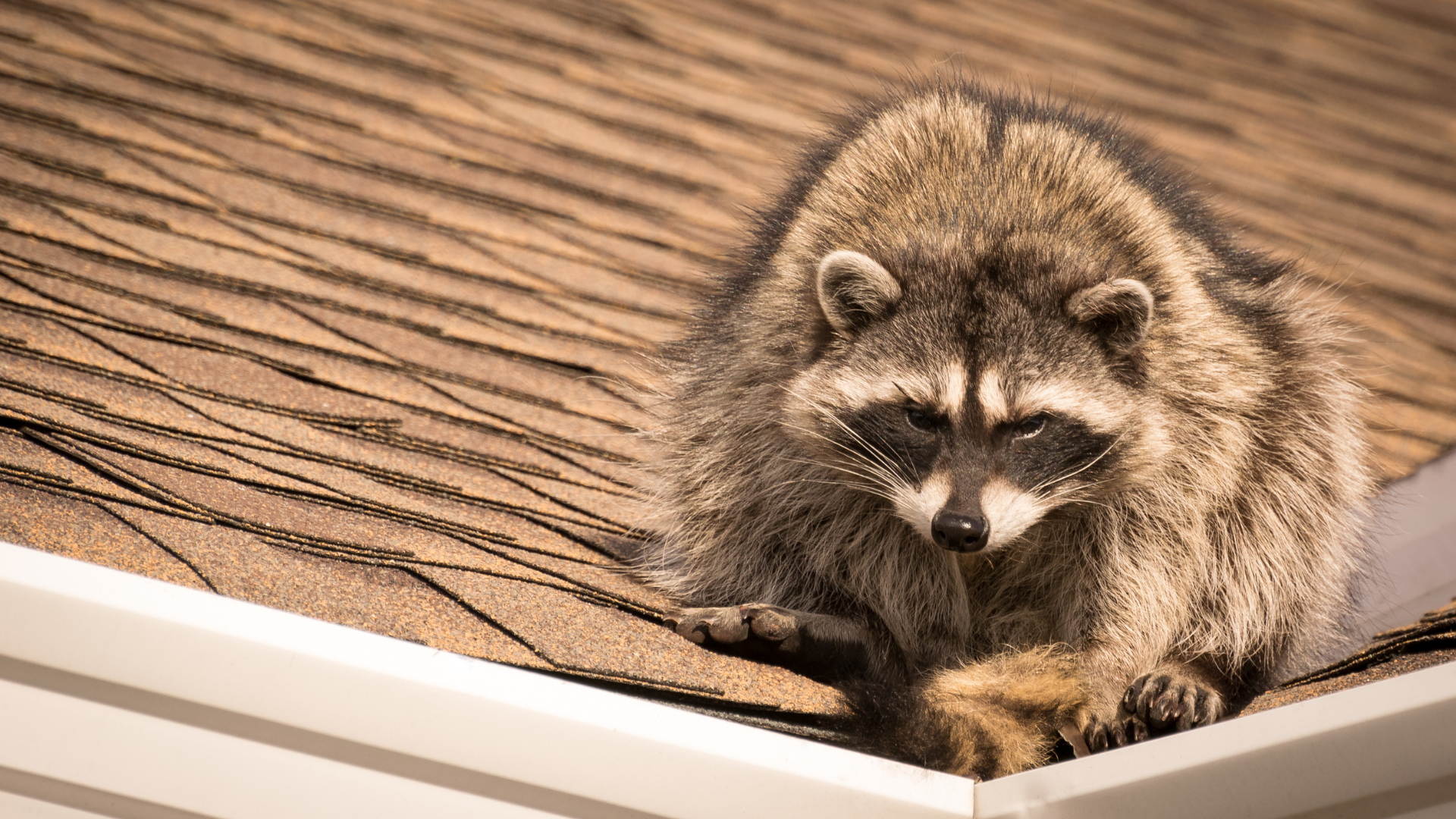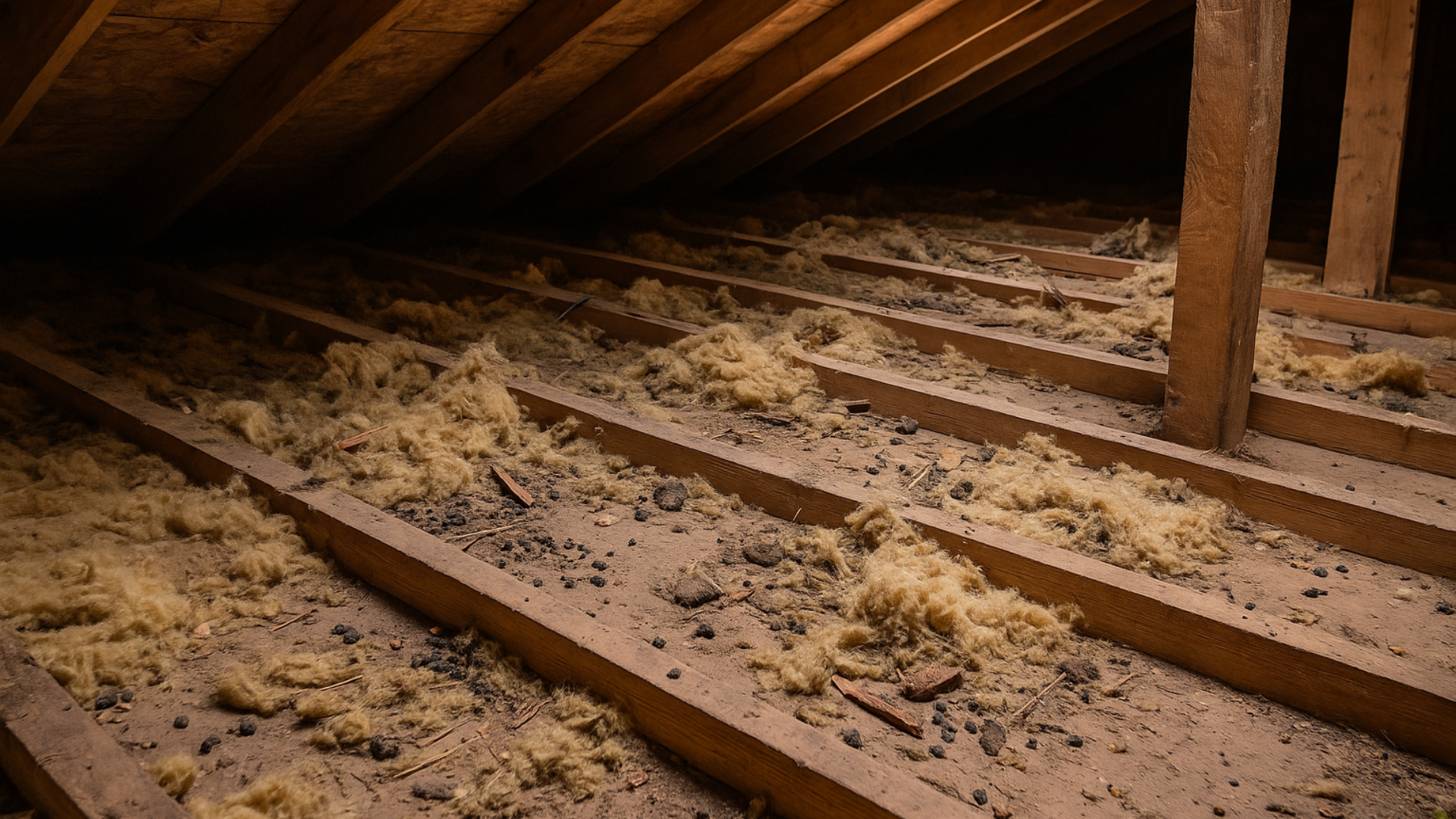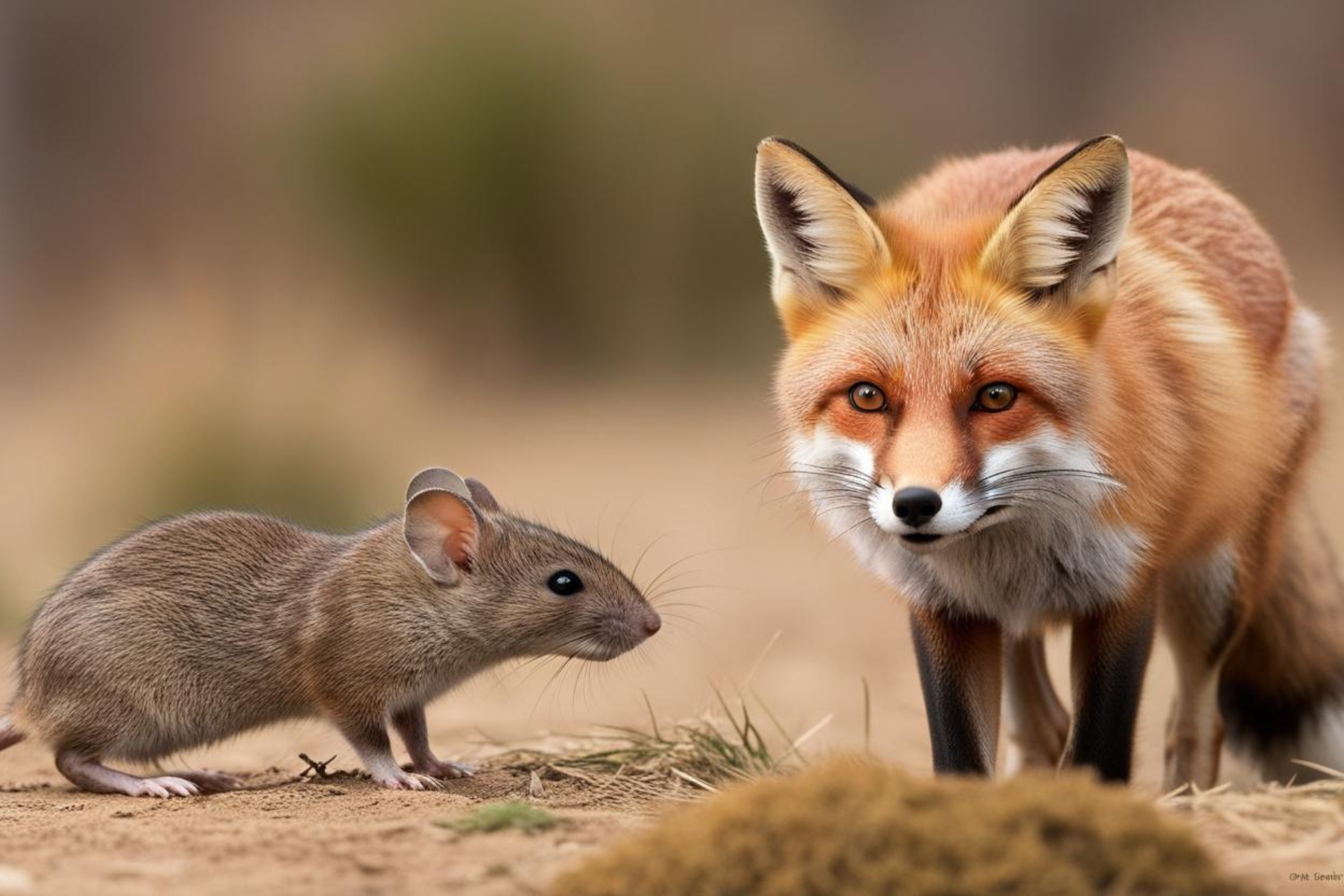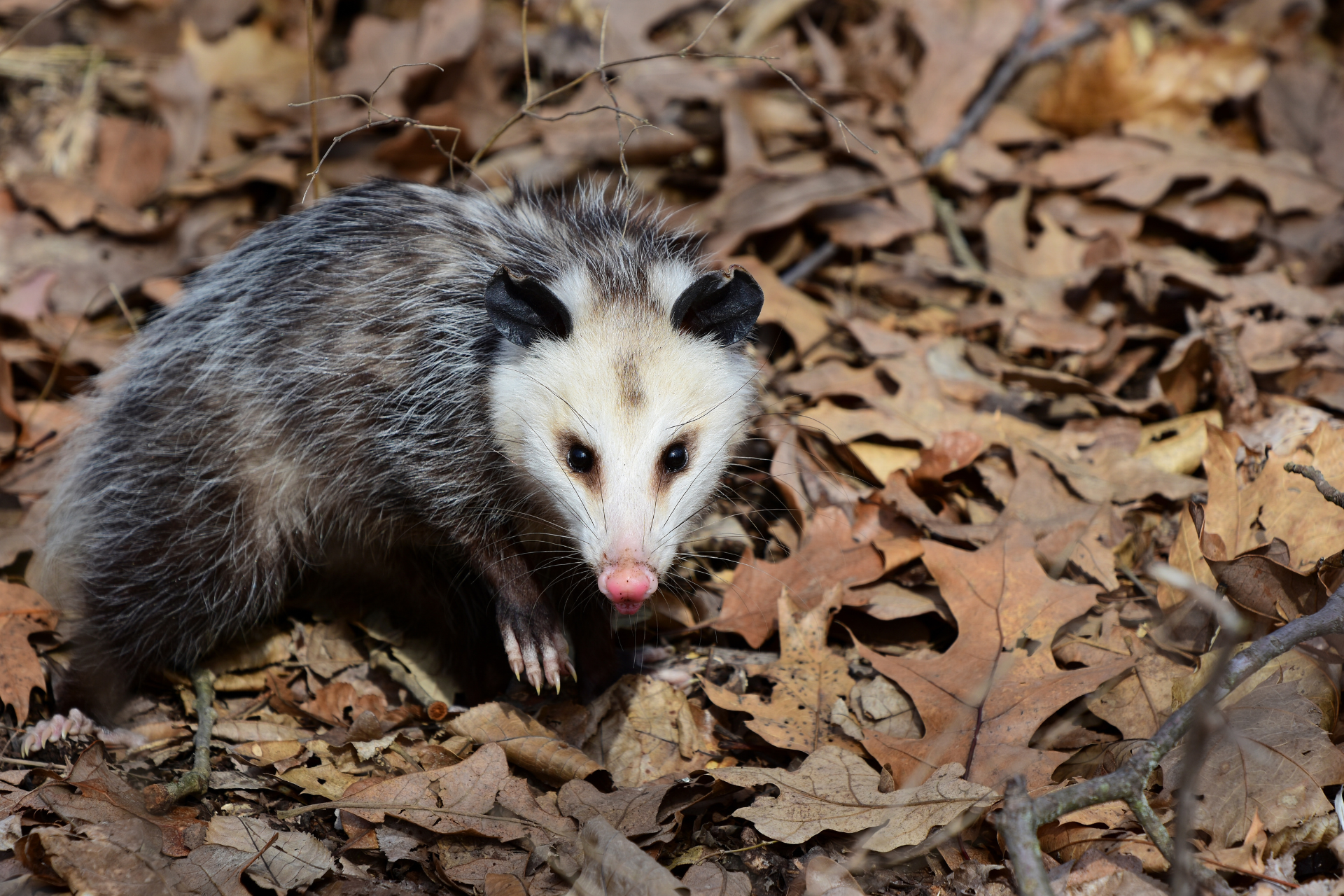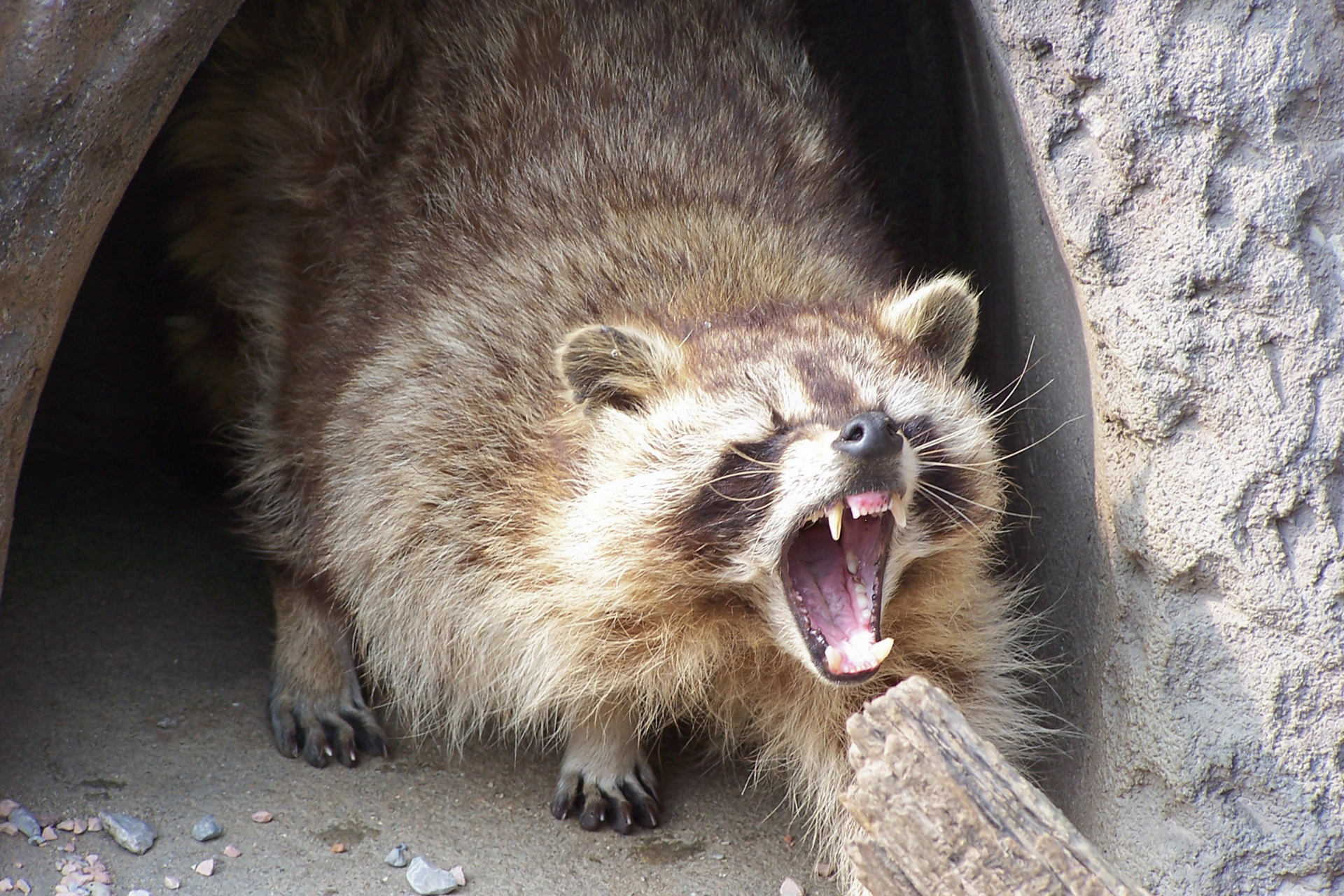Can You Keep Wildlife As Pets?
Keeping Wildlife Is A Bad Idea
Wild animals are often fascinating, beautiful, and unique compared to ordinary house pets. Upon finding an injured or abandoned animal on your property, it can be especially tempting to take it in and provide care. With a fellow creature in need, your paternal instincts start to kick in. Perhaps your children have been begging you for a furry friend when a wild counterpart shows up on your doorstep, practically asking to be loved. As you wrap its injury and give it something to nibble, you start thinking about whether you should keep it. Unfortunately, you will have to keep yourself from getting too attached. The ownership of wildlife is entirely prohibited under the Wildlife Code, which includes the vast majority of species. Without a proper license or permit, you may face harsh repercussions if you are found with them in your possession. Such restrictive laws exist for a good reason. No matter how cute, cuddly, or interesting one may be, having one as a pet can have drastic consequences. Beyond breaking the law, it can threaten the well-being of the animal and put you and your loved ones in danger.
Why They Do Not Make Suitable Pets
In the animal kingdom, humans are considered natural predators, and being in our presence causes a high amount of stress for most wildlife. Unlike ordinary pets, wild animals do not feel comforted by petting, cuddling, and handling. Regardless of how friendly or lovable a wild animal may seem; you won’t be able to domesticate it truly. Domestication is a process that happens over thousands of years. Unfavorable traits for companionship are bred out of the gene pool, resulting in animals that are more suitable for ownership. Such domestication results in changes and alterations in brain development and function that increase an animal's tolerance of humans—even resulting in an innate friendliness.
While you may be able to tame a wild animal, you can’t remove the instincts or traits it was born with. For example, domesticated pet rabbits are an entirely different species from the little cottontail you might see hopping around your backyard. Wild rabbits experience incredible stress in captivity. Along with being unimaginably skittish, they will kick, fight, and scream when captured. Since they do not come with vaccinations, they often carry parasites and zoonotic diseases. Salmonellosis from exotic pets affects more people and animals than any other disease, with an estimated 93,000 cases in the United States annually. Furthermore, wild animals that are cute and manageable as babies eventually grow up. As adults, they are bigger, stronger, and often start to display aggressive and potentially dangerous behavior.
No matter how much love and care you have to give, you will not be able to make them more comfortable or at home than in their natural habitat. In the wild, African Grey Parrots fly several miles in a single day. The adorable, big-eyed ocelot may only be twice the size of a typical housecat, but they keep territories of 2.4 to 56 square miles and travel 1 to 5 miles every night to hunt prey. Owners of exotic birds and primates may pride themselves on large cages, but there is no cage in existence that can compare to having no enclosure at all.
Even if you were somehow able to replicate a realistic environment, they have special needs that are often difficult to fulfill, if at all, without constant attention. Animals with playful or otherwise suitable personalities tend to have other habits or requirements that are not conducive to ordinary pet care. For example, foxes, which have agreeable temperaments, mark their territories by urinating—an instinctual habit that cannot be trained out of them no matter how hard you try. Moreover, many species have particular nutritional requirements. Poor diets have led to cases of foxes going blind and the bones of green iguanas becoming soft. At least 75 percent of snakes, lizards, tortoises, and turtles die within one year of becoming pets. Without the proper knowledge, training, or facilities, it is nearly impossible for an individual pet owner to meet some of the most basic wild animals' needs.
What To Do When You Find Wildlife On Your Property
If you genuinely adore animals, you should resist the temptation to bring in any under your wing. Despite your good intentions, an animal's chances of
surviving in the wild
can be ruined by just a few days of inadequate care. To remove injured or nuisance wildlife from your property contact Veteran's Pride Wildlife Removal. Call today for a free estimate, servicing the Metro East and St Louis area.


